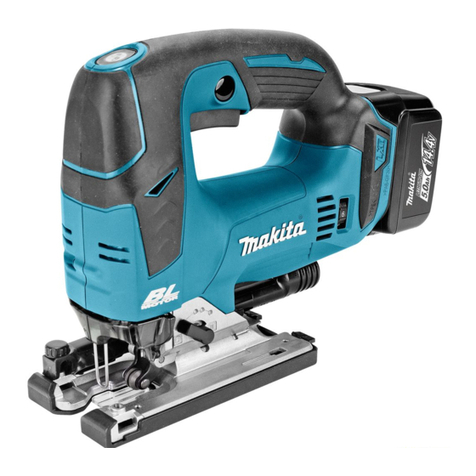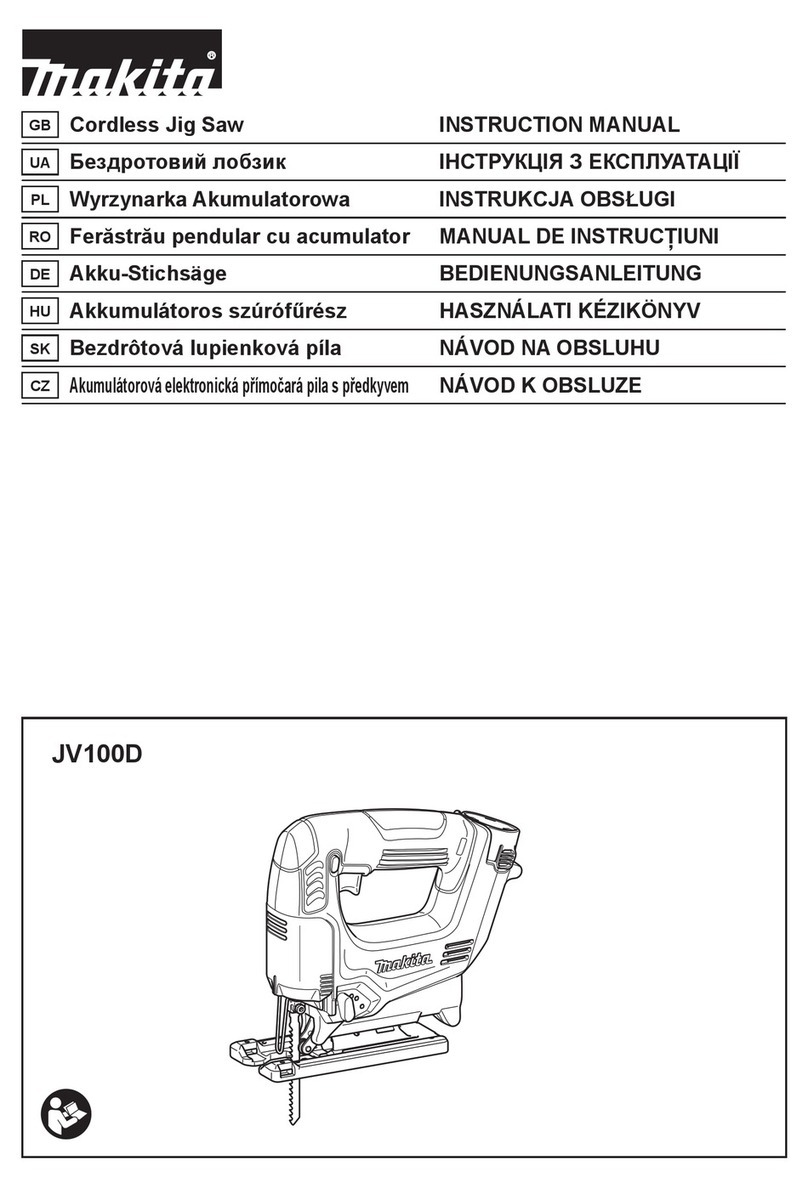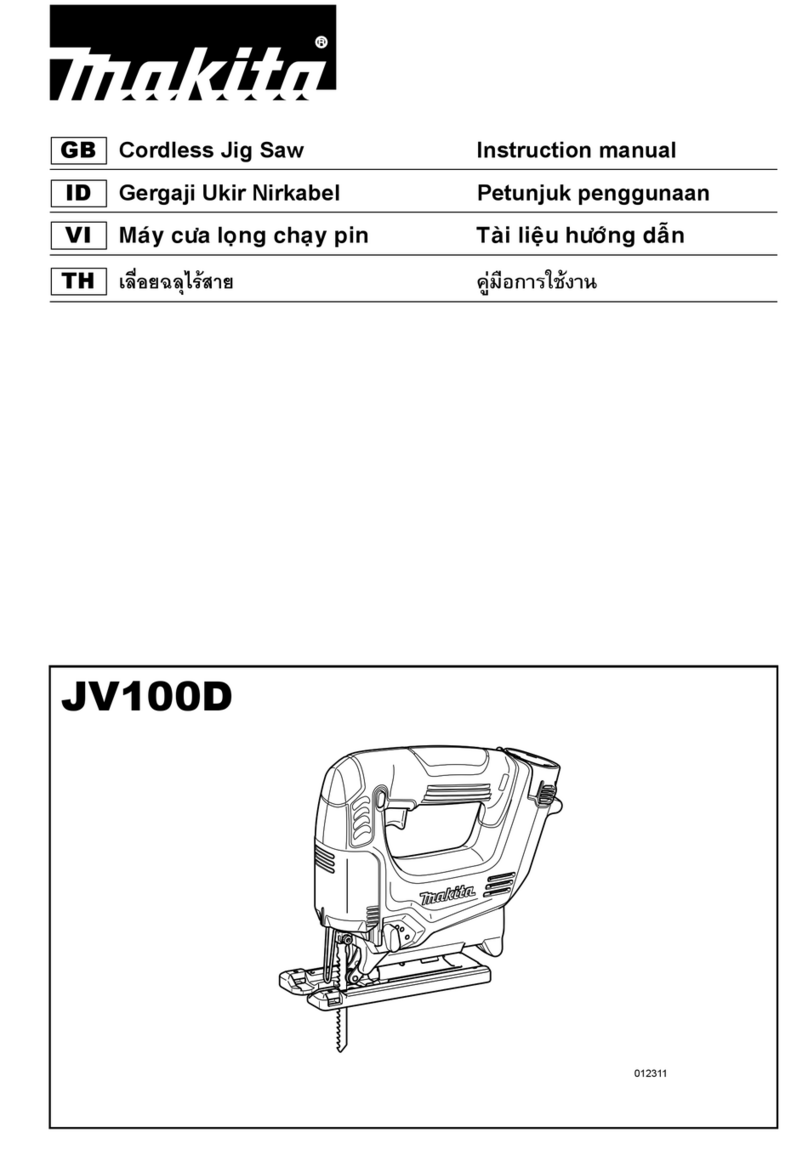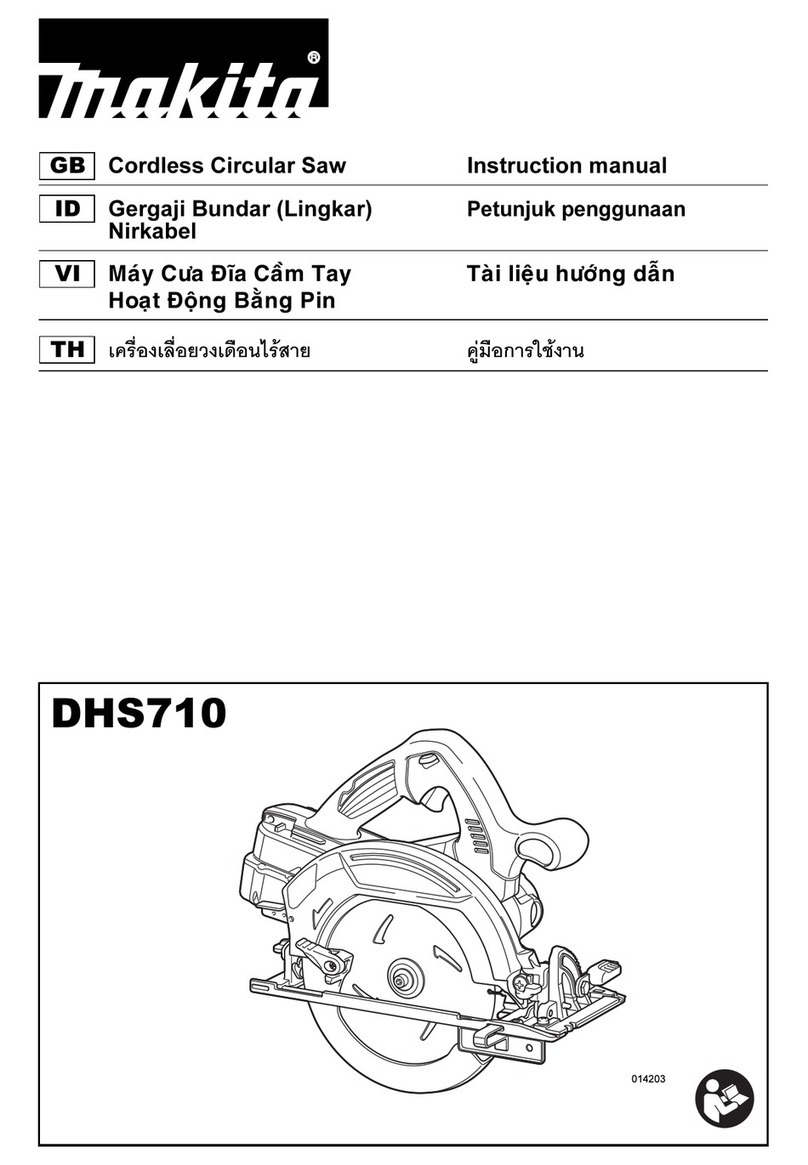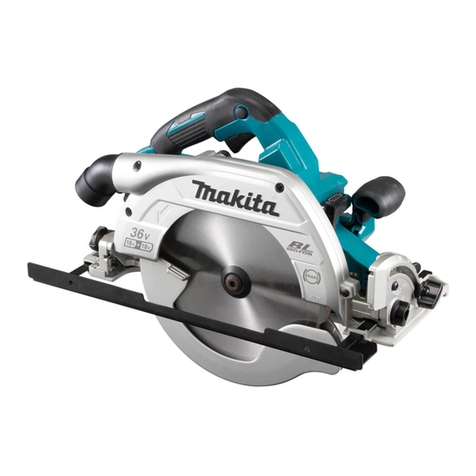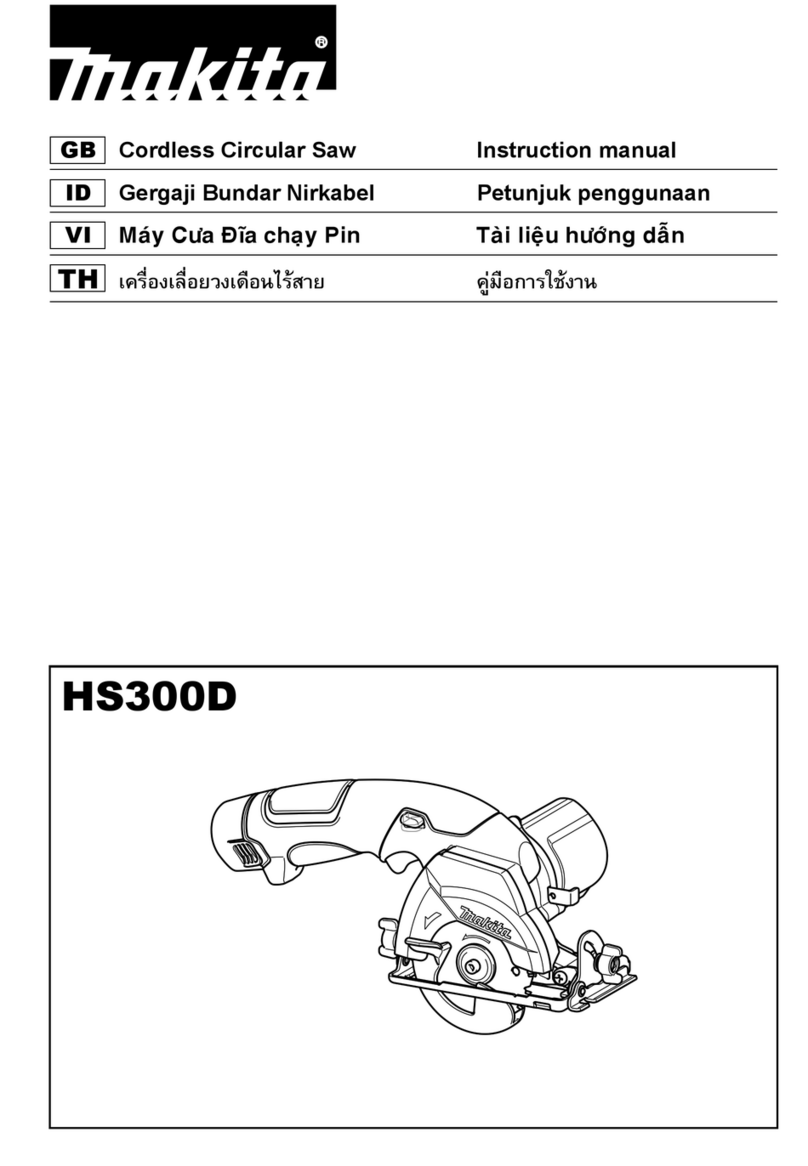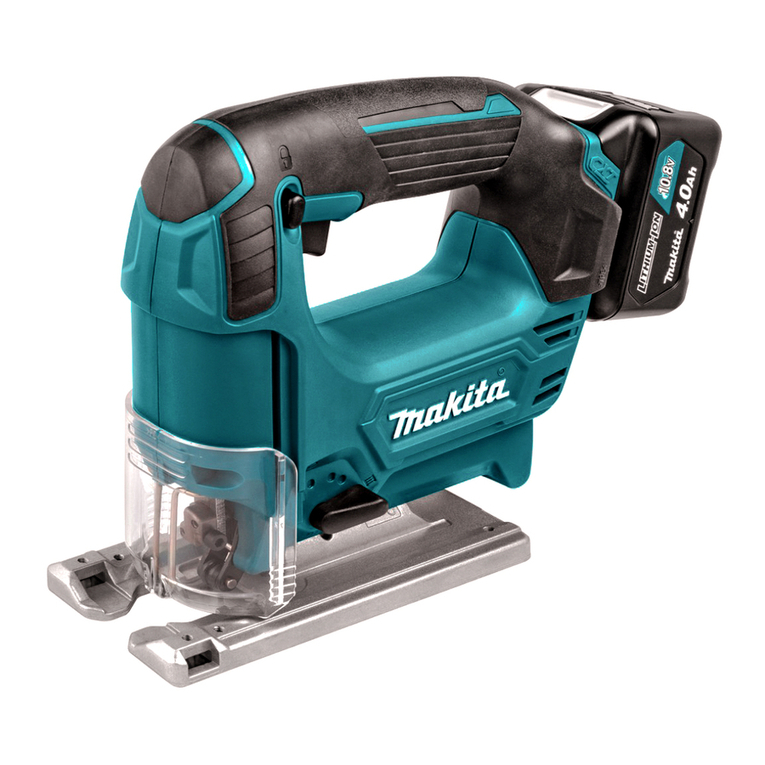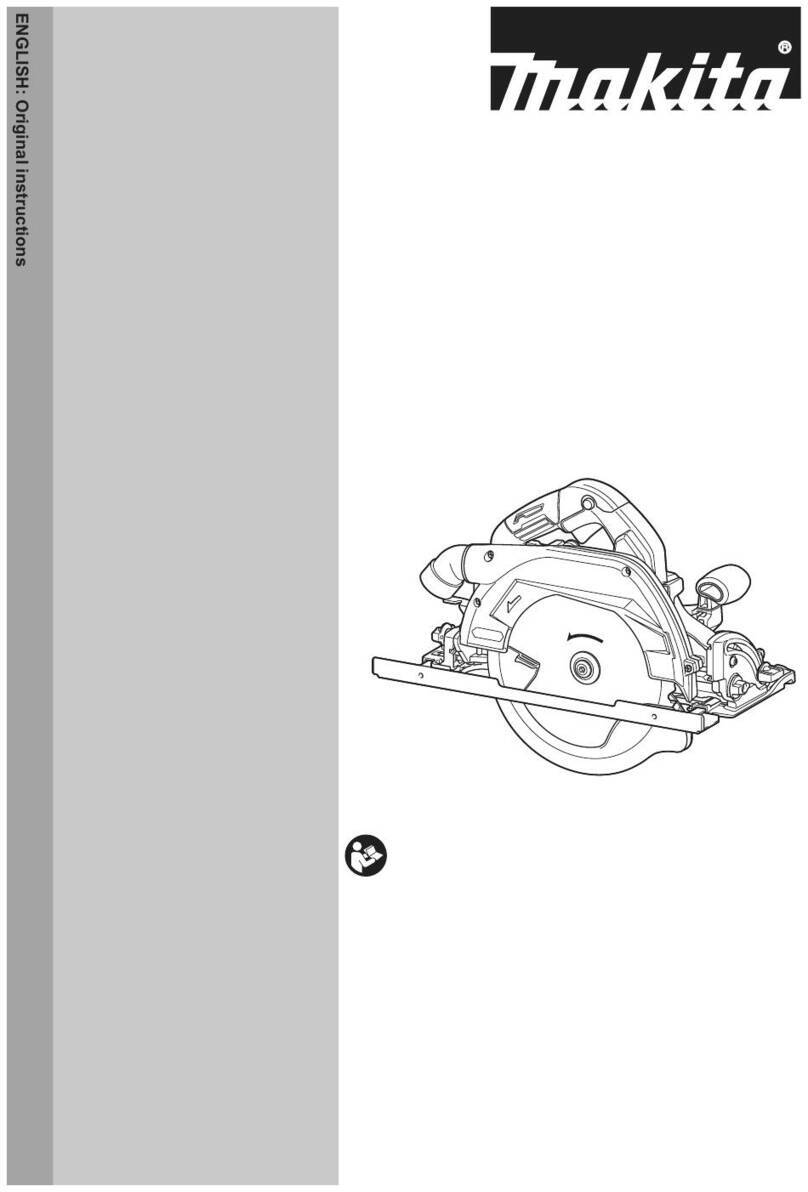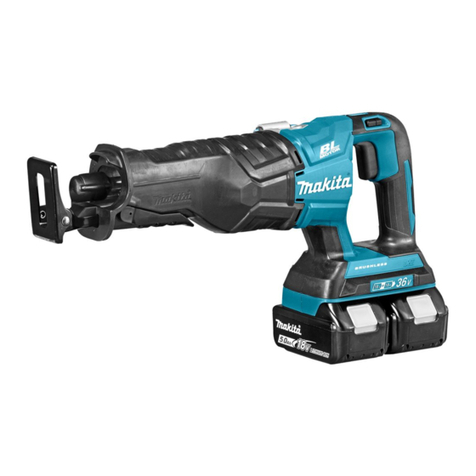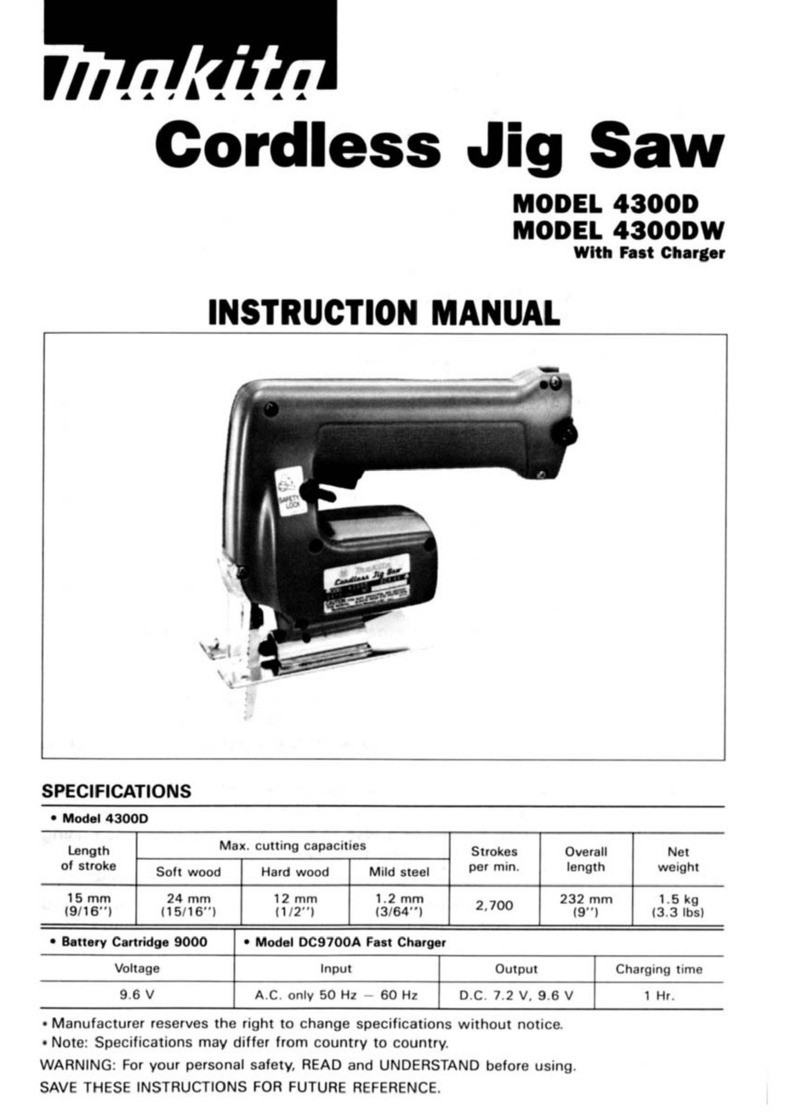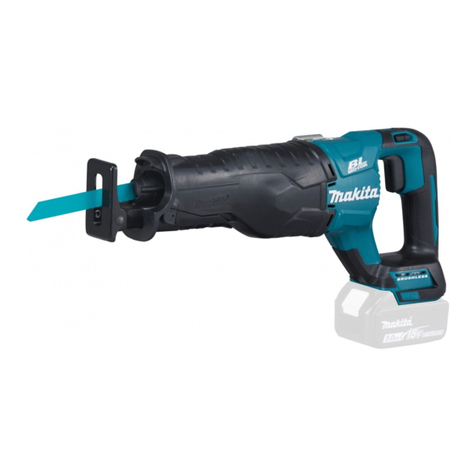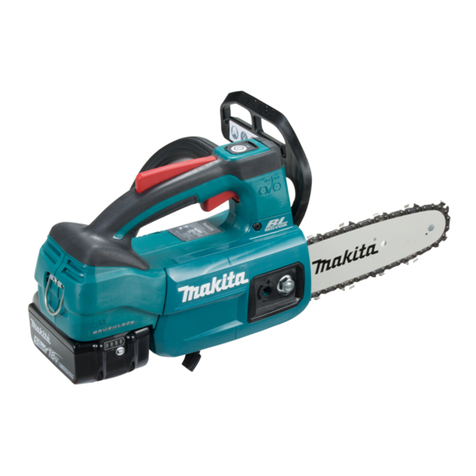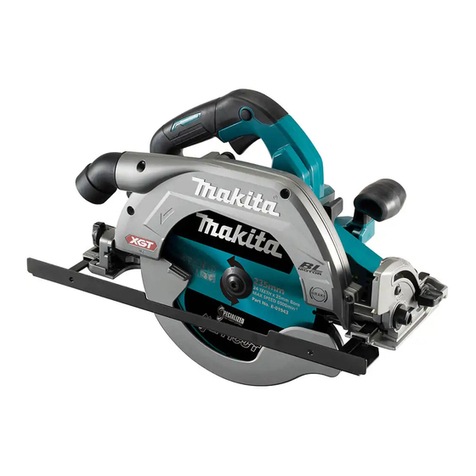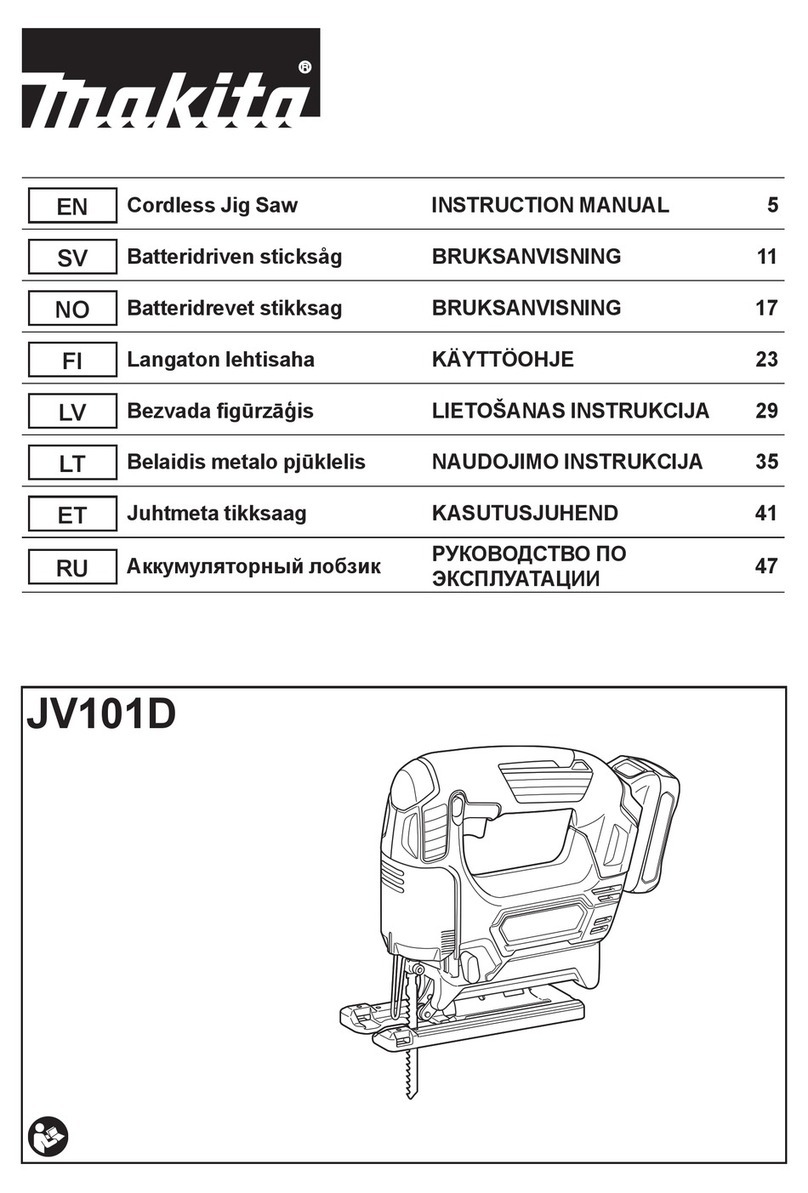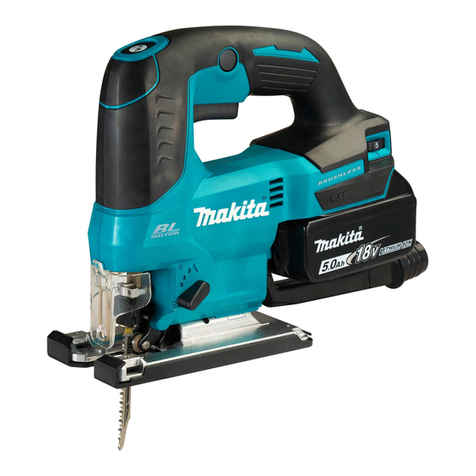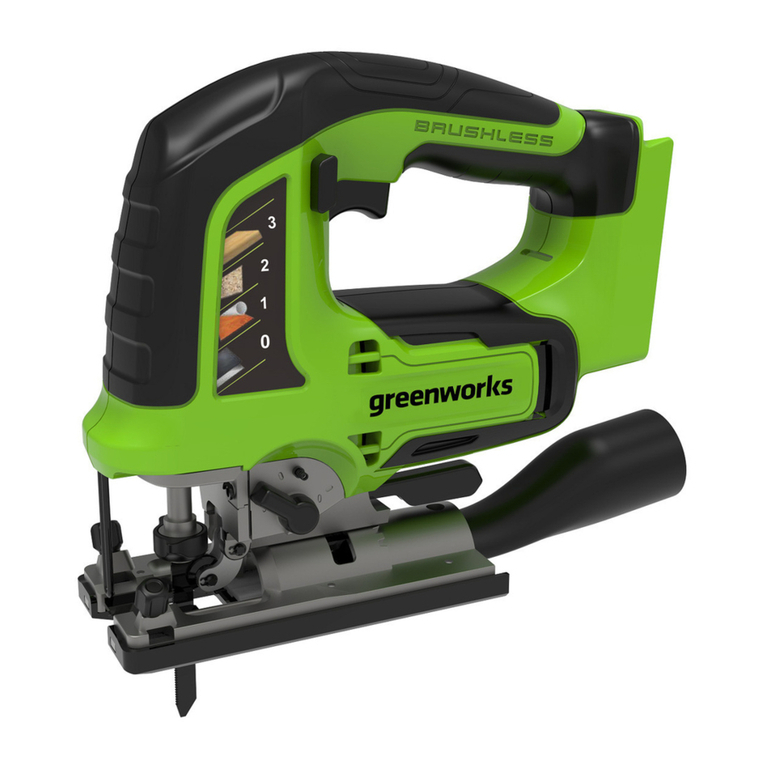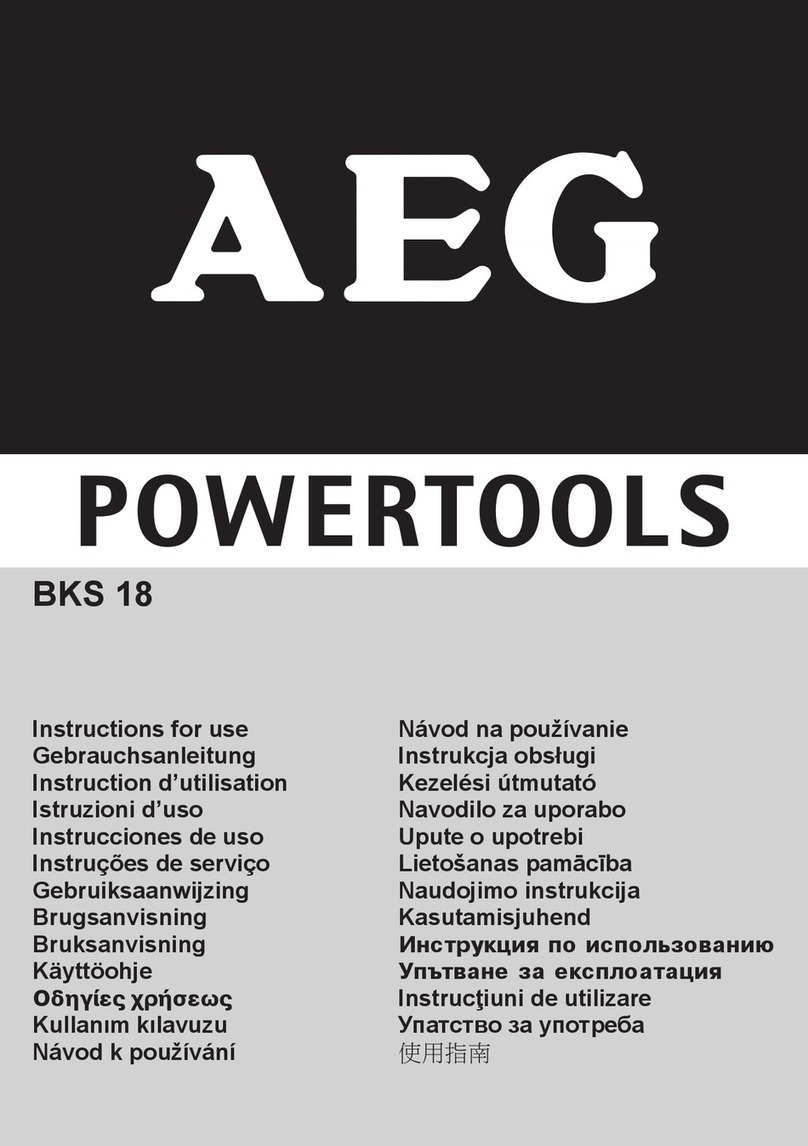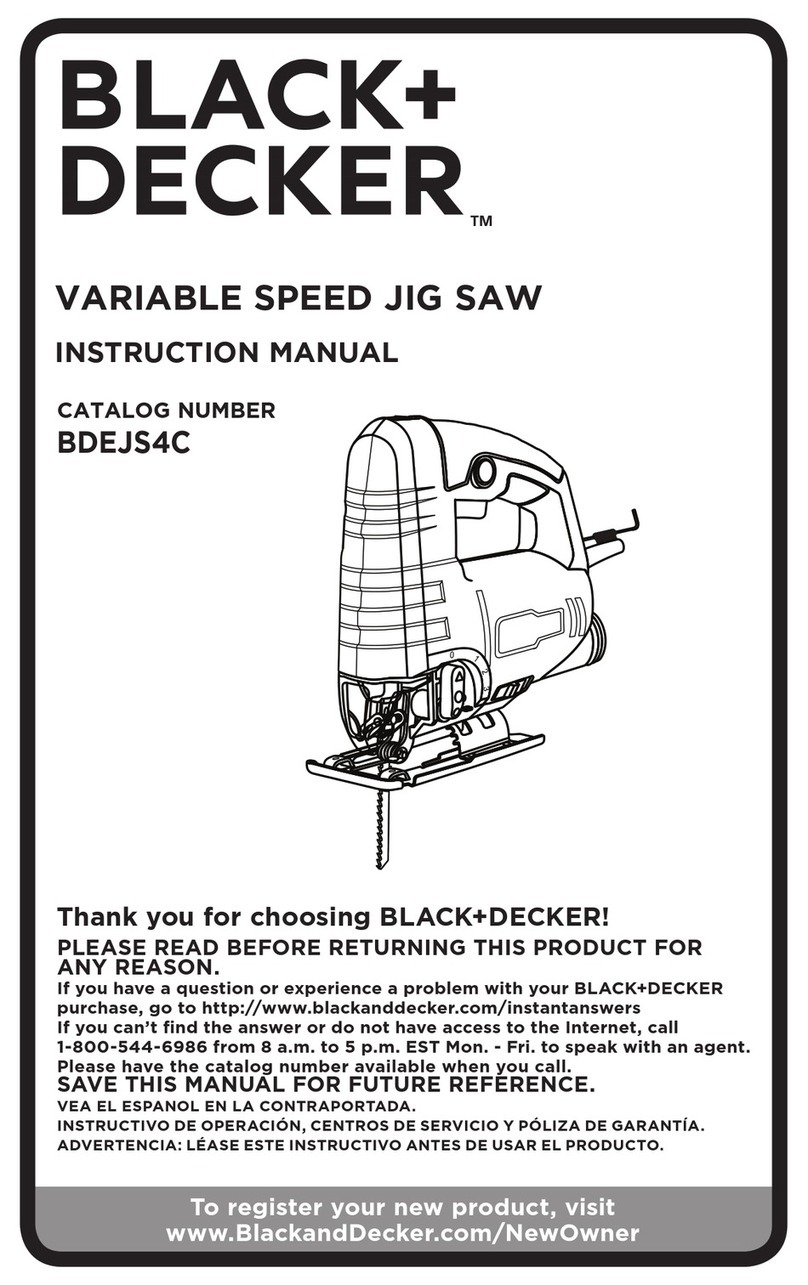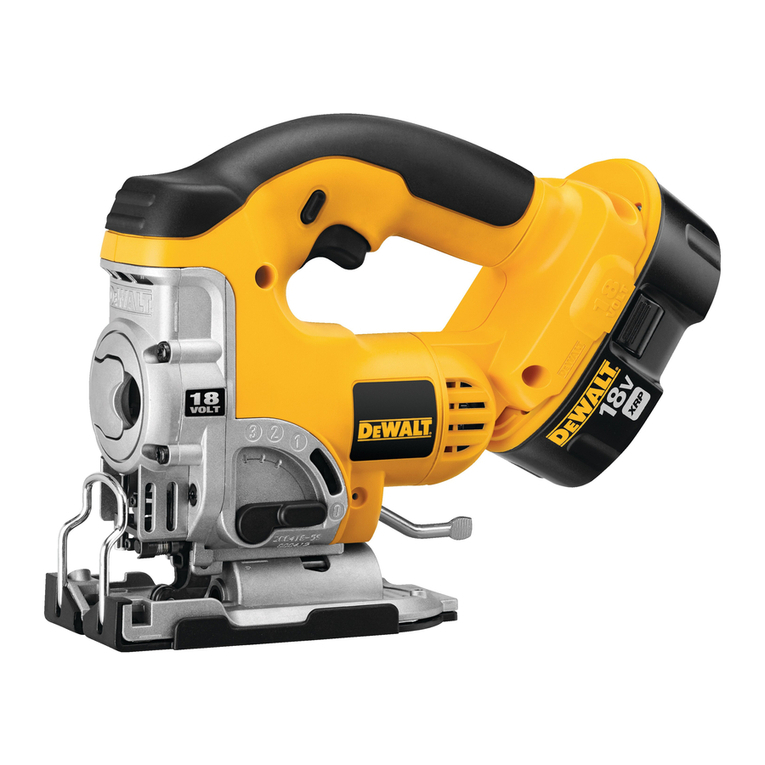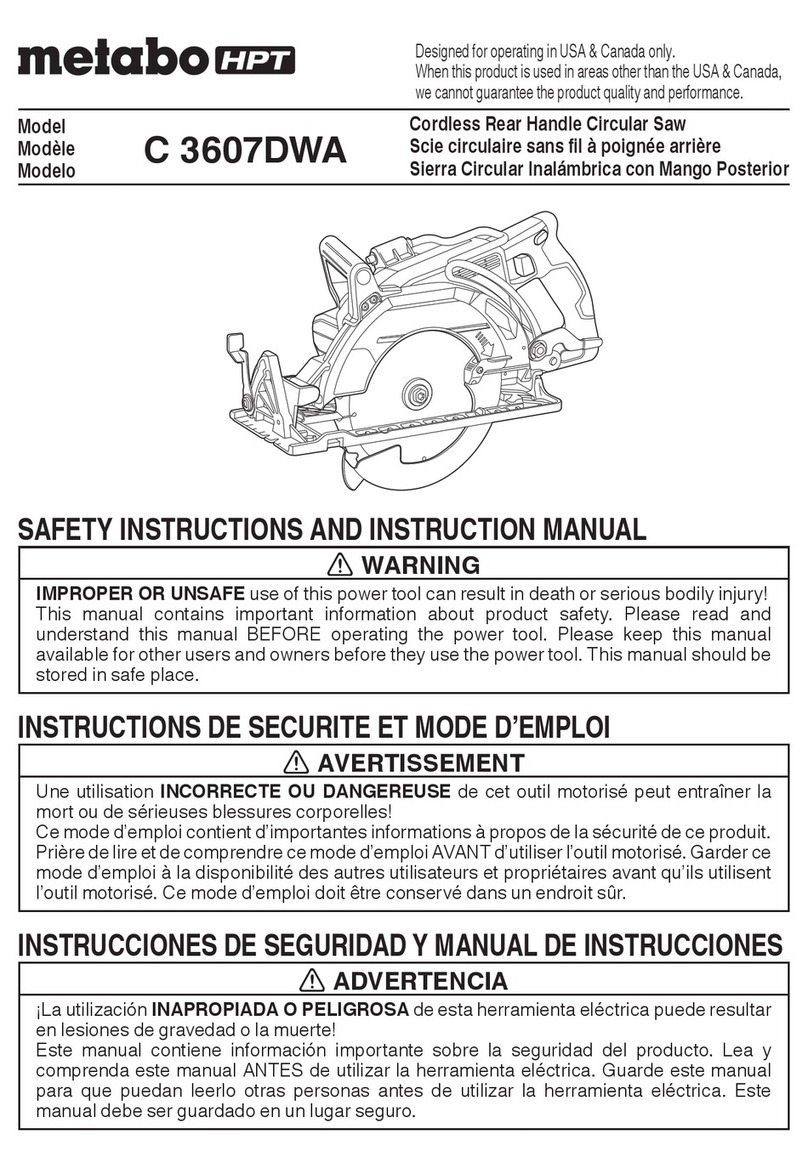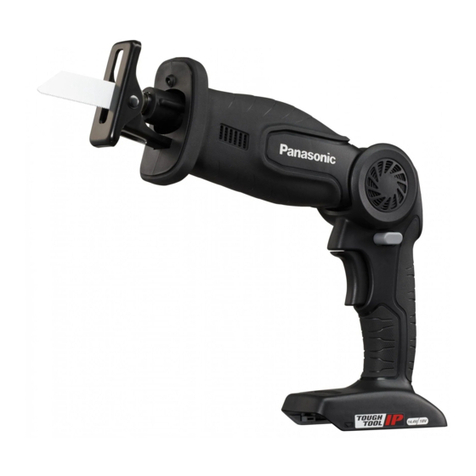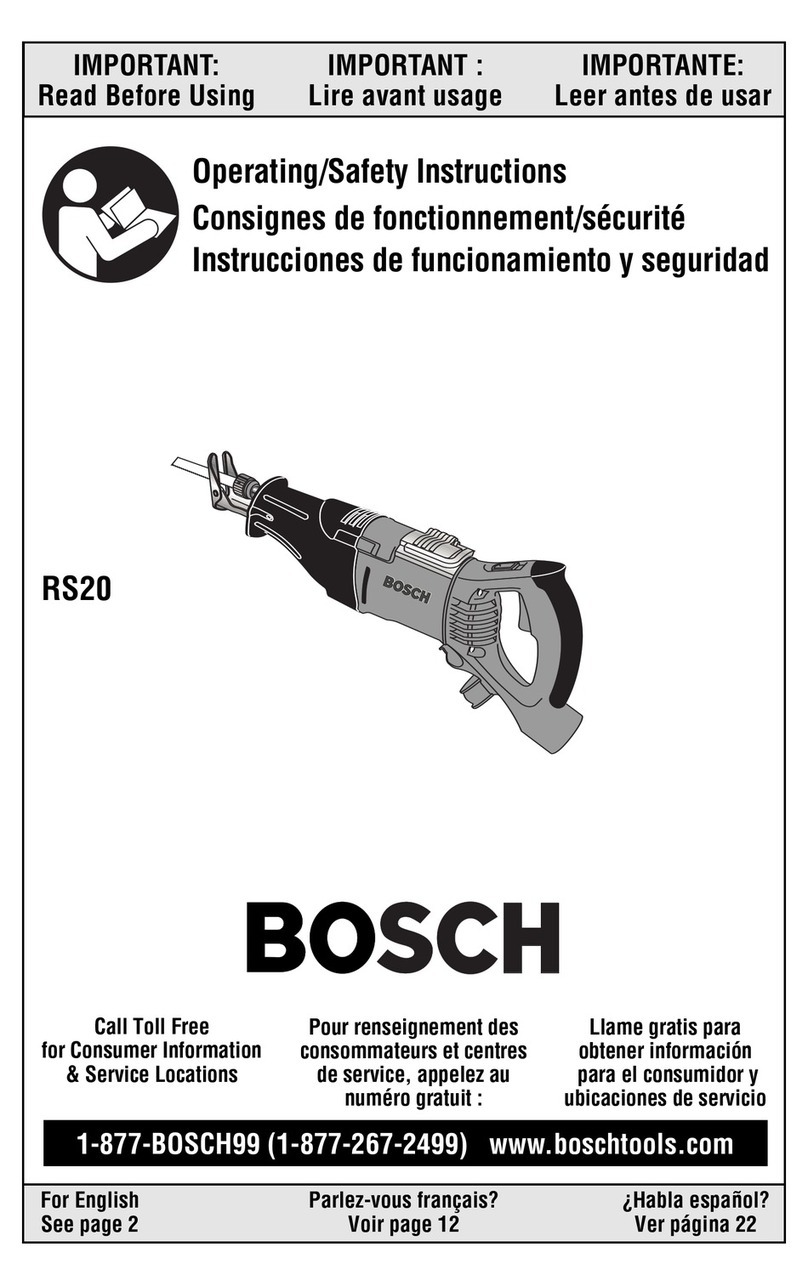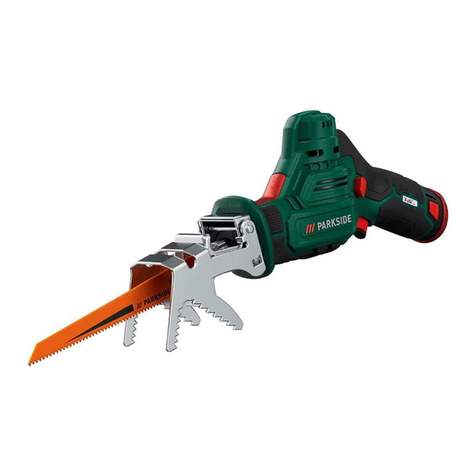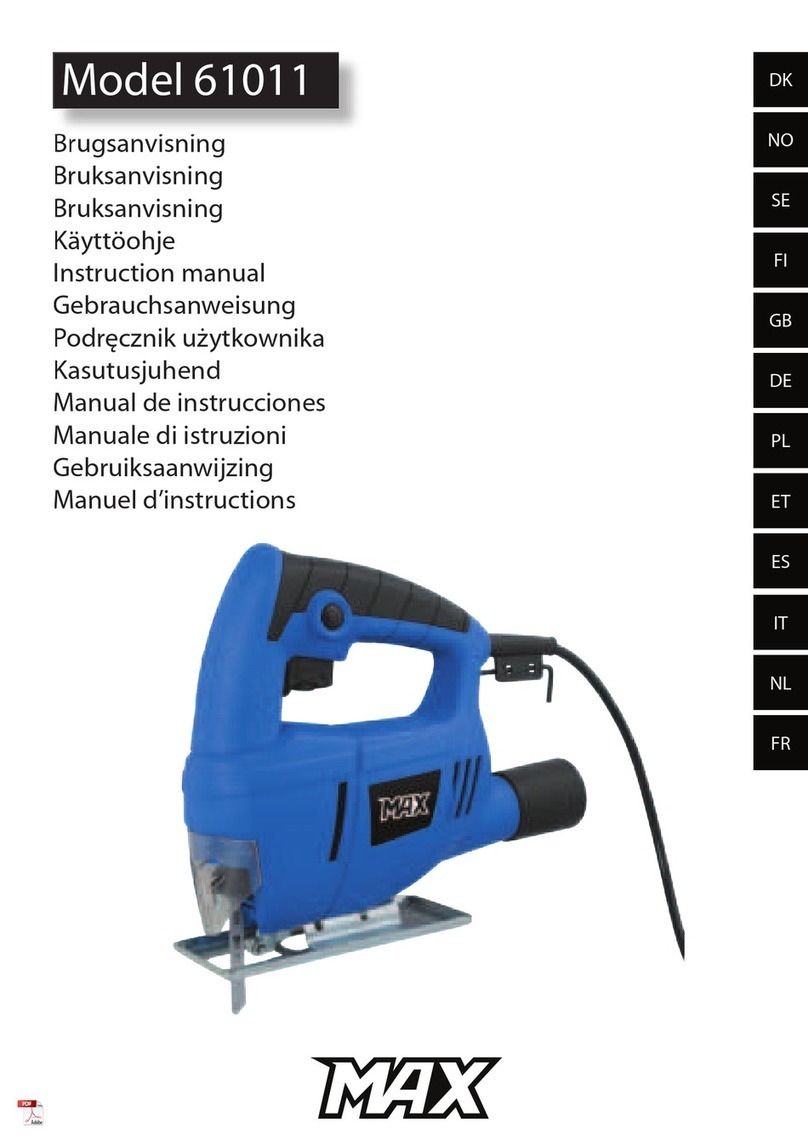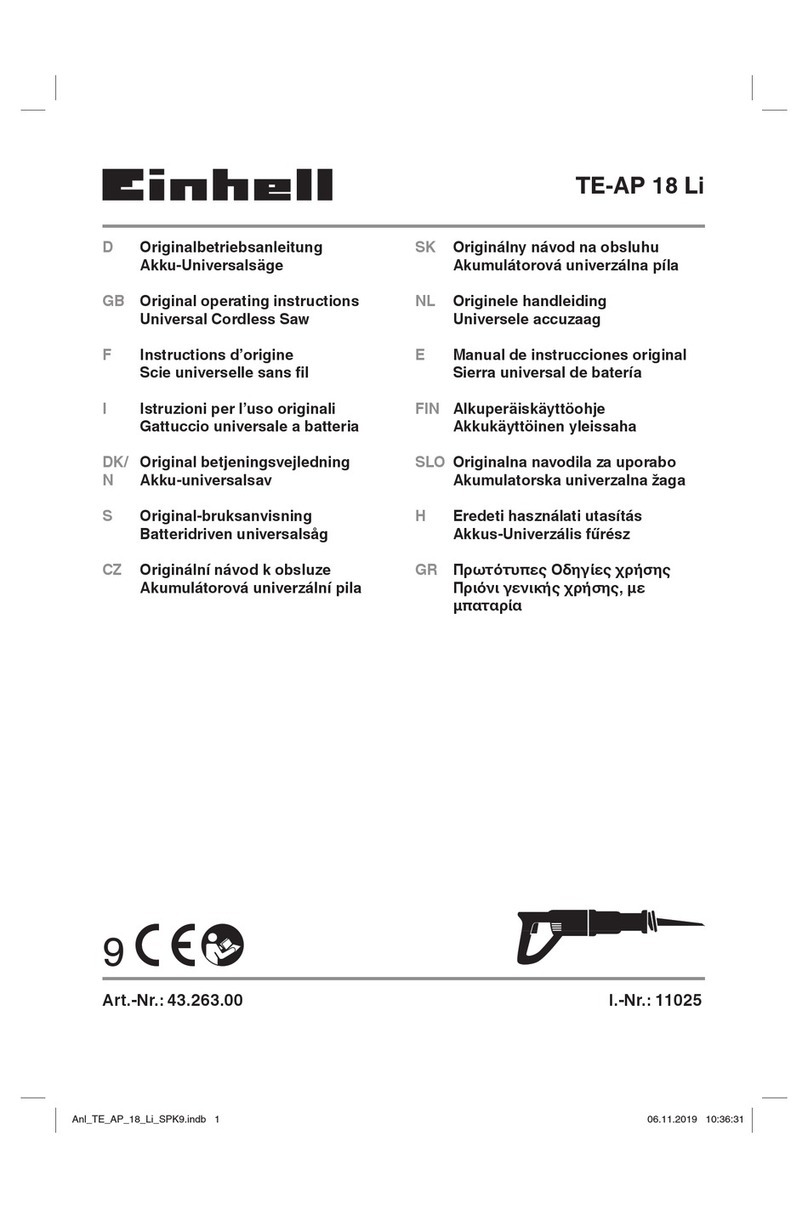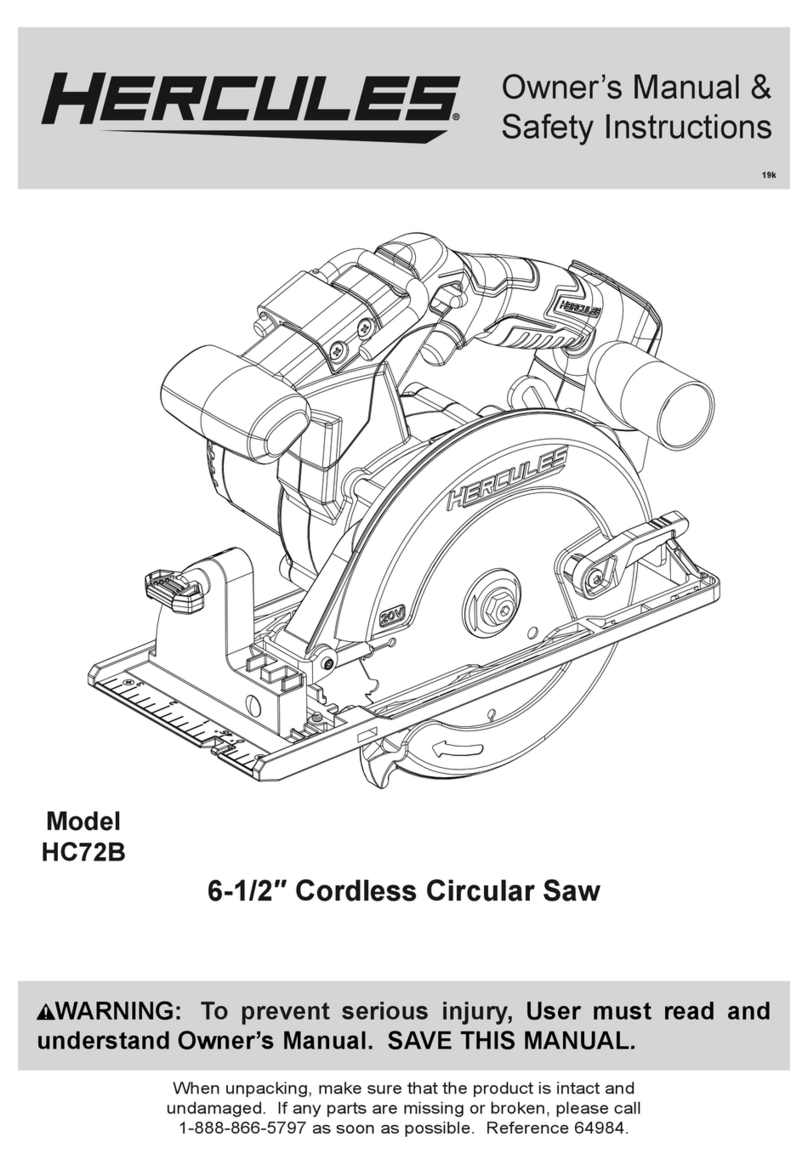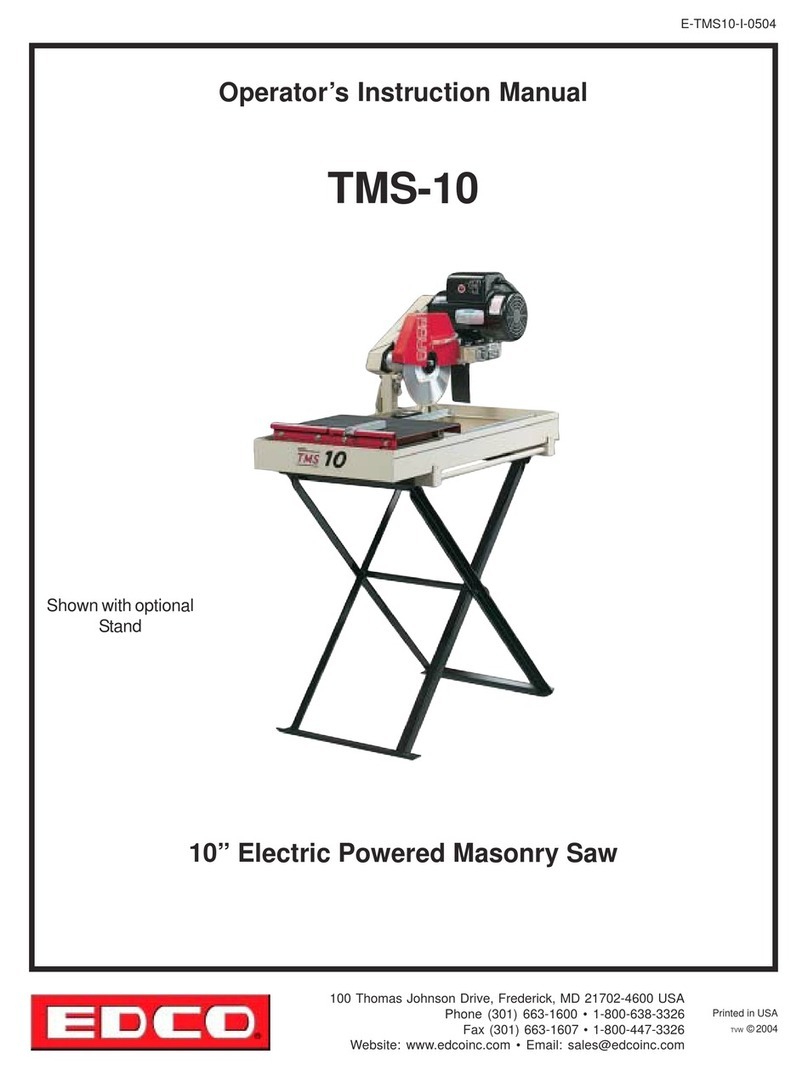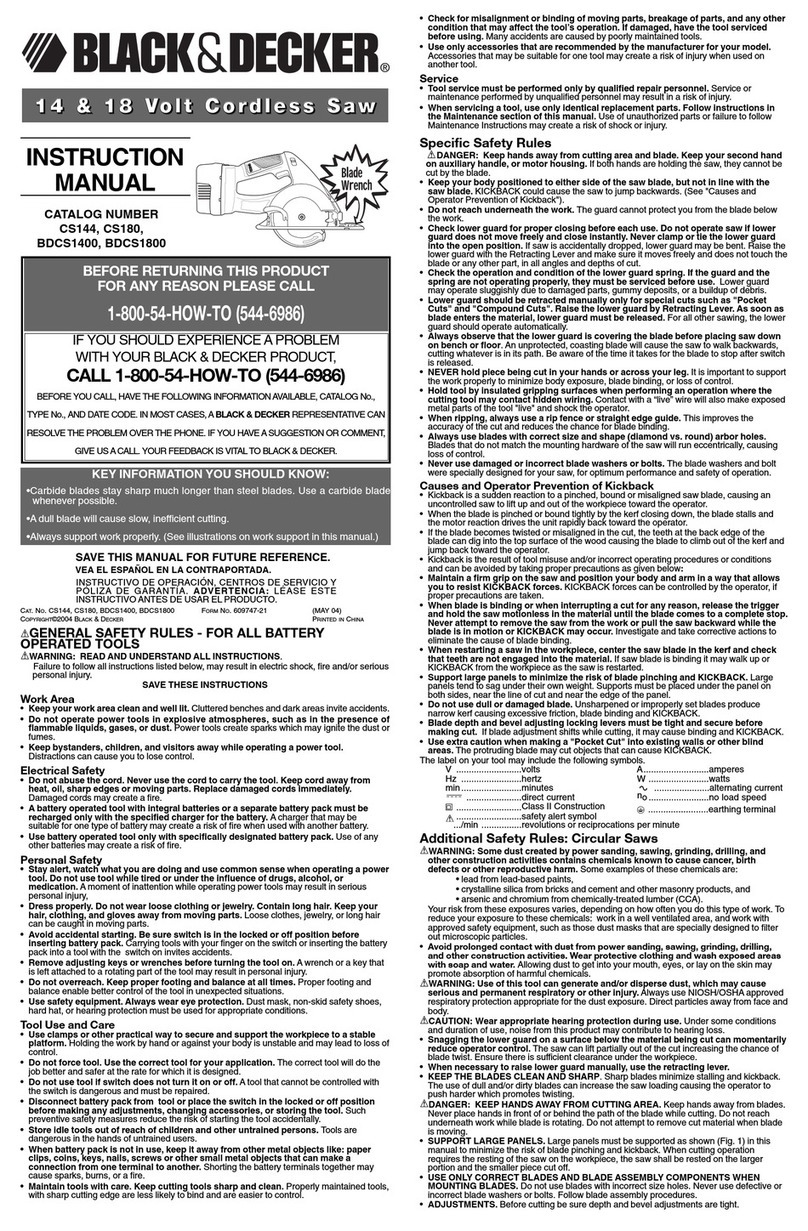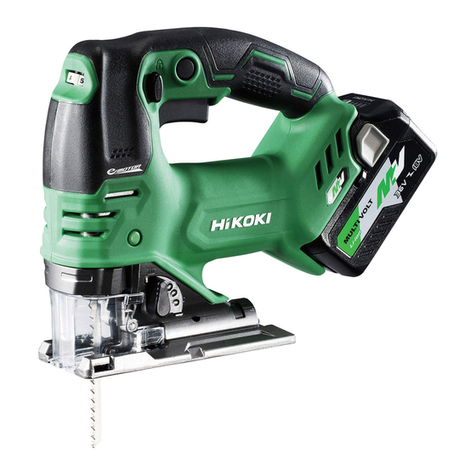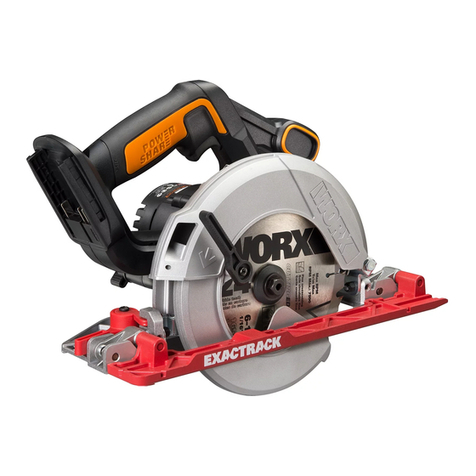
10 ENGLISH
ENGLISH (Original instructions)
SPECIFICATIONS
Model: DHS782 DHS783
Blad e d iameter 1 8 5 - 1 9 0 mm
Max . C utting d epth at 0° 6 0.0 - 6 2.5 mm
at 4 5 ° bev el 4 3.0 - 4 4 .5 mm
at 4 8 ° bev el 4 1 .0 - 4 2.0 mm
No load speed 6 ,000 min-1
O v erall length 34 8 mm
R ated v oltage D .C . 36 V
Net w eigh t 4 .5 - 5 .1 kg
Due to our continuing program of research and development, the specications herein are subject to change
w ith out notic e.
Specications and battery cartridge may differ from country to country.
The weight may differ depending on the attachment(s), including the battery cartridge. The lightest and heavi-
est c ombinations, ac c ord ing to EP T A -P roc ed ure 01 / 201 4 , are sh ow n in th e table.
Applicable battery cartridge and charger
Battery cartridge BL 1 8 1 5 N / BL 1 8 20 / BL 1 8 20B / BL 1 8 30 / BL 1 8 30B / BL 1 8 4 0 /
BL 1 8 4 0B / BL 1 8 5 0 / BL 1 8 5 0B / BL 1 8 6 0B
C h arger D C 1 8 R C / D C 1 8 R D / D C 1 8 R E / D C 1 8 S D / D C 1 8 S E / D C 1 8 S F
•
Some of the battery cartridges and chargers listed above may not be available depending on your region of residence.
WARNING: Only use the battery cartridges and chargers listed above. Use of any other battery cartridges
and chargers may cause injury and/or re.
Intended use
The tool is intended for performing lengthways and
crossways straight cuts and miter cuts with angles in
wood while in rm contact with the workpiece. With
appropriate Makita genuine saw blad es, oth er materials
c an also be saw ed .
Noise
The typical A-weighted noise level determined accord-
ing to EN6 28 4 1 -2-5 :
Model DHS782
Sound pressure level (LpA ) : dB(A)
Sound power level (LWA) : dB (A)
Uncertainty (K) : dB(A)
Model DHS783
Sound pressure level (LpA ) : dB(A)
Sound power level (LWA) : dB (A)
Uncertainty (K) : dB(A)
NOTE: The declared noise emission value(s) has
been measured in ac c ord anc e w ith a stand ard test
method and may be used for comparing one tool with
anoth er.
NOTE: The declared noise emission value(s)
may also be used in a preliminary assessment of
ex posure.
WARNING: W ear ear protection.
WARNING:
The noise emission during actual
use of the power tool can differ from the declared
value(s) depending on the ways in which the tool is
used especially what kind of workpiece is processed.
WARNING:
Be sure to identify safety measures
to protect the operator that are based on an estima-
tion of exposure in the actual conditions of use (tak-
ing account of all parts of the operating cycle such
as the times when the tool is switched off and when
it is running idle in addition to the trigger time).
Vibration
The vibration total value (tri-axial vector sum) deter-
mined ac c ord ing to EN6 28 4 1 -2-5 :
Model DHS782
Work mode: cutting wood
Vibration emission (ah,W) : . m/s2or less
Uncertainty (K) : . m/s2
Work mode: cutting metal
Vibration emission (ah ,M) : . m/s2or less
Uncertainty (K) : . m/s2
Model DHS783
Work mode: cutting wood
Vibration emission (ah,W) : . m/s2or less
Uncertainty (K) : . m/s2
Work mode: cutting metal
Vibration emission (ah ,M) : . m/s2or less
Uncertainty (K) : . m/s2
